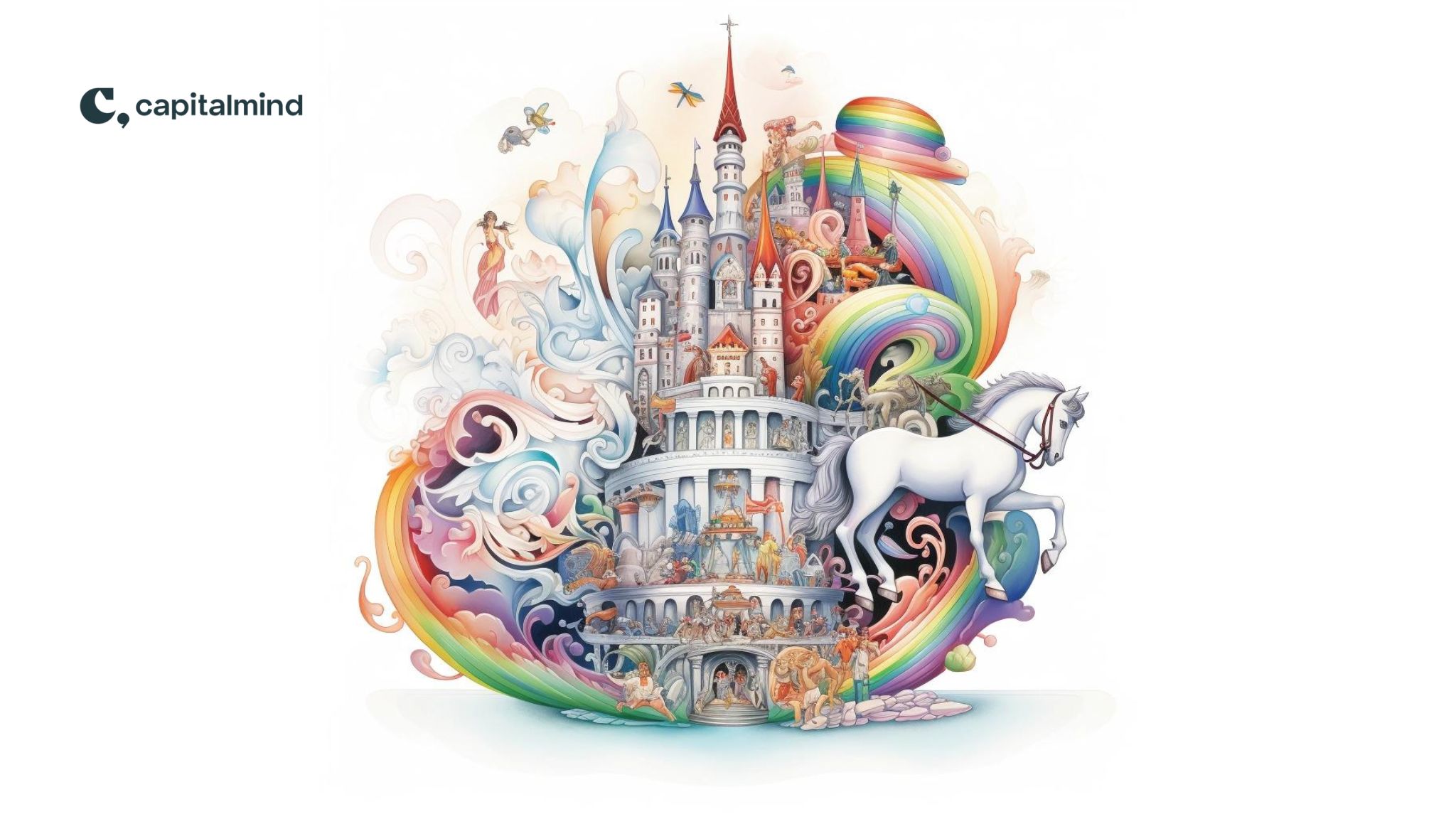We bring you the 65,000’th post in the blogosphere informing you of impending doom because, hold your breath, someone managed to foreclose a mortgage in Sunny Dubai.
Barclays Plc won the sheikdom’s first foreclosure cases in court, clearing the way for lenders holding about $16 billion of Dubai home loans to take action when borrowers don’t pay. Islamic lender Tamweel PJSC, the emirate’s biggest mortgage bank, has several of its own foreclosure claims pending and estimates about 3 percent of its mortgages are in default.
“Banks will be more aggressive in pursuing legal action if they see the process is efficient,” said Dubai-based Antoine Yacoub, a banking analyst at Moody’s Investors Service Inc. “They were trying to avoid the courts and restructure most of their loans, but once they see a precedent has been set, they will be encouraged to push more cases through.”
The successful foreclosures by London-based Barclays may open the floodgates in Dubai’s property market, which went from the world’s best in 2008 to the worst after credit dried up and speculators who had fueled price increases left the market, according to Deutsche Bank AG. Moody’s estimated in September that 12 percent of the 27,000 residential mortgages in the sheikdom would default within 12 to 18 months.
Now we are all eagerly awaiting the inevitable bailout with royal decree that mortgage owners in Dubai are not allowed to foreclose.
Given debt default is illegal in Dubai and you can go to prison for a check-bounce, it isn’t surprising that expats who intend to default just run away back home, leaving behind cars in the airport parking lot. Of course there are unlucky souls like in the Dark Side of Dubai (my earlier post) who get caught and have to spend a lot of time in the aforesaid parking lot.
Henry Blodget thinks the opening Burj in Dubai is the sign of the top, quoting the Economist which says :
THE opening of the Burj Khalifa, the world’s tallest building, in Dubai on January 4th had symbolic as well as architectural significance. Skyscrapers have long been associated with the ends of financial booms. The Empire State Building opened in 1931, two years after the Wall Street crash. The Petronas towers in Kuala Lumpur were unveiled in 1998, in the depths of the Asian crisis. Such towers are commissioned when money is cheap and optimism about economic growth is at its height; they are often finished when the champagne has gone flat.
How does this affect India? The remittance scare isn’t a big deal, but Dubai has a lot of Indian expats and for them, it must be scary to watch as a 160 storey tower battles with an ongoing recession about who’s casting the bigger shadow.



